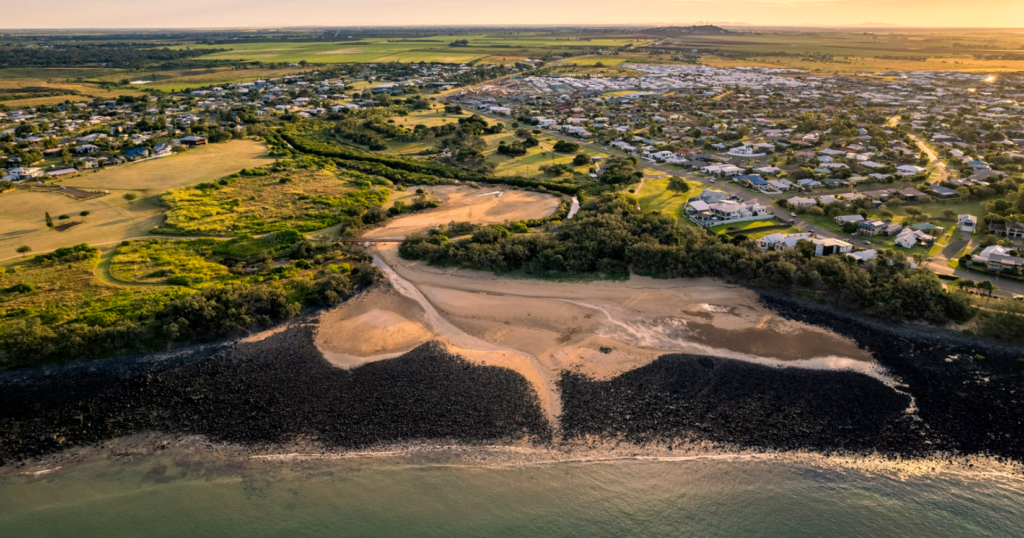
Towards Net Zero Bundaberg is the pathway that will support the region and its industries to reduce carbon emissions and keep pace with global and legislative change.
Bundaberg Regional Council endorsed the regional carbon reduction roadmap in response to the global shift towards carbon reduction with an ever-increasing focus on sustainability in the way people live, work and do business.
Mayor Jack Dempsey said recent changes to Federal and State Government legislation necessitated the change.
“Having a plan to achieve net zero is essential with the cost to communities who fail to act becoming clearer all the time,” Mayor Dempsey said.
“Some of the costs of inaction include those from changing legislation, with the potential for Council or businesses to become ineligible for new Government funding opportunities which will require a commitment to carbon reduction.
“Then there are the impacts on industry from the corporate shift to net zero.
“For example, our farmers might not be able to get their products into supermarkets which will continually set more stringent carbon reduction standards.
“Towards Net Zero Bundaberg is the pathway to which these targets can be achieved but it will not be possible without a whole-of-region approach.
“Council is committed to supporting residents, business and industry through these changes to keep pace with global change.”
How will Towards Net Zero Bundaberg be achieved?
Data shows that 65 per cent of emission reductions required for the region to reach net zero could come from renewable energy investment proposed by the private sector and this transition into the energy grid.
Enabling this renewable energy uptake into the grid will require advocacy by Council to ensure the region’s utility providers are ready and transitioning the grid to support the creation and distribution of more renewable energy within the region.
The remaining 35 per cent of potential emission reductions required to move towards a net zero Bundaberg may require upfront investment by Council, local businesses, households, and individuals.
However, the largest opportunity within this remaining 35 per cent will come from the transition to low carbon emission vehicles, such as electric vehicles (EVs).
Read more about Towards Net Zero Bundaberg on Council’s website or head to the project page.





Something that is missed that could have a big impact is double glazed skylights or roof windows imagine if our shops didn’t have to have any lights on during the day? This could be similarly impactful as them installing solar panels without the added load on the electricity grid.
Swapping your lawn to Sir Grange would help it grows slower & is finer so needs less mowing & puts less grass in our bins. This would reduce the CO2 & Methane coming off the rotting dump & from mowing with petrol mowers.
Sir Grange also uses less water, less fertilizer, needs less weeding.
A large part of this is concreet. Concreet only absorbs around half of the CO2 created in it’s production.
–
Use hempcrete instead of concreet it’s construction is carbon negative to start with as the plant absorbs a large amount of C02 & hempcrete can also absorb & hold water well so it reduces flooding. Concrete on the other hand increases flooding.
For stronger requirement uses Mycelium it is 2x as strong as Concreet & absorbs enough CO2 to also be considered carbon negative. How ever it’s partially water resistant.
Both of these can be composted into fertlizer once they need replacing.
We should move to Agrivoltaics Bundaberg would be perfectly suited to combine farming & solar farms into 1 installation. The shade from solar pannels would protect our crops from sunburn & wind damage. The water used from irrigation would also cool the panels increasing efficiency.
Many business are putting solar pannels on there roofs nowdays we should put an incentive to get more to follow them. Government should also expand there rooftop installations our schools now have some solar capacity but I notice plenty of rooftop space left.